This website uses cookies so that we can provide you with the best user experience possible. Cookie information is stored in your browser and performs functions such as recognising you when you return to our website and helping our team to understand which sections of the website you find most interesting and useful.
Pretender to the throne: Tempus takes GTO Engineering’s latest masterpiece for a spin
By Peter Malmstrom | 21 August 2021 | Cars & Yachts
We get behind the wheel of the 250 SWB Revival and discover a spectacular homage to one of the most iconic motor vehicles of all time
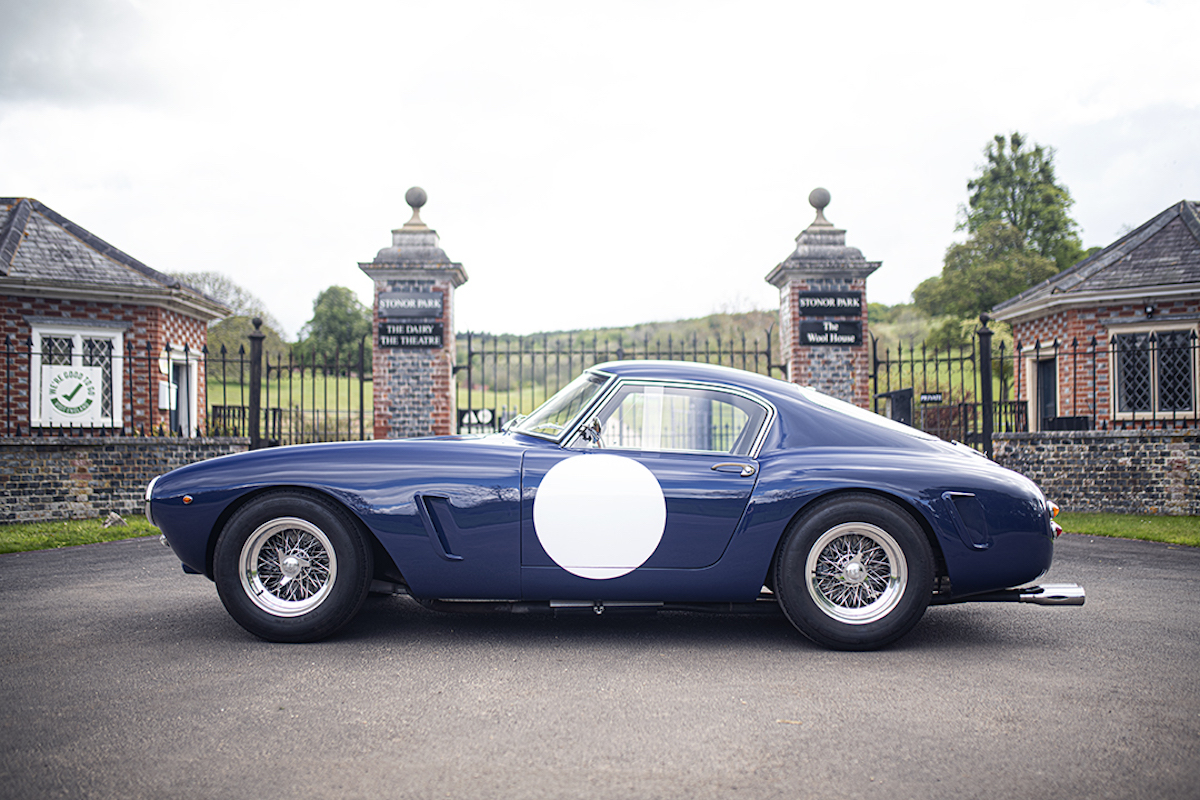
Recreations can cover a vast cacophony of contraptions, from frankly dangerous home-built hobby horses to popular mass- market recreations of legendary cars like the Shelby AC Cobra. These can come in various guises, from poorly built imposters to carefully-crafted replicas that easily outperform the originals. So, when I first prepared to get behind the wheel of a recreation of the iconic 1960 Ferrari 250GT short wheelbase, I wasn’t sure what to expect.
GTO Engineering was established in the early 1990s by Mark Lyon as a specialist Ferrari sub-contractor, working with some of the most prestigious Ferrari dealers and specialists providing appraisals, car servicing and race preparation. It is also the creator of the GTO Engineering 250 SWB Revival.
Lyon’s passion for all things Ferrari has seen the firm grow to an impressive facility based in Twyford, just a stone’s throw from Henley-on-Thames. The team that Lyon has mustered over the years has amassed thousands of hours of specialist work on all manner of Ferraris of various ages.
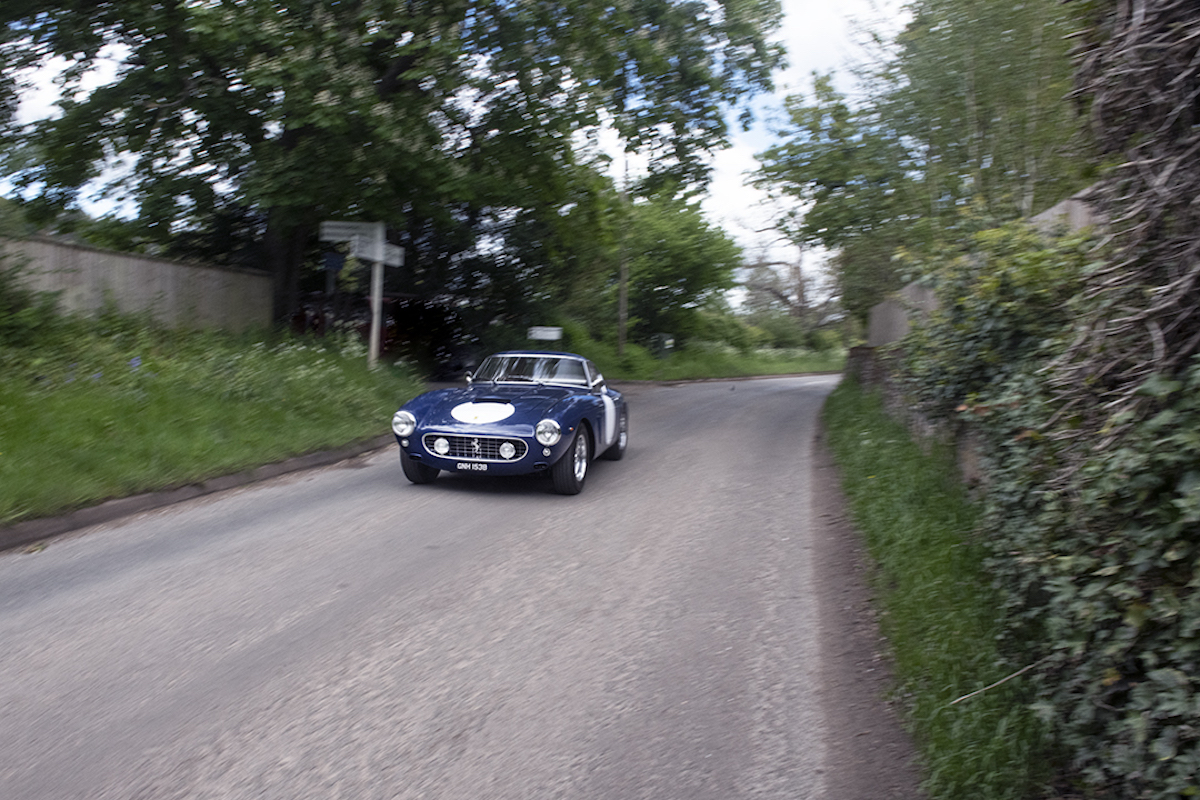
Touring the facility quickly makes clear that anything produced from this stable is going to be of the highest quality. I learn that some of GTO Engineering’s recreations have been cleared to race in historic racing series.
The team’s obsessive focus on detail and precision is clear in the rows of Ferrari engines, all in various states of reconstruction, that I see meticulously lined up in workshops that resemble operating theatres rather than dedicated engine and gearbox rooms.
Likewise, lines of gearboxes with components cast from original moulds, and upgrades such as finned aluminium gearbox casings, all underline the depth of detail GTO Engineering is prepared to go in the pursuit of excellence. It was, therefore, unsurprising to see a long line of very interesting customer cars being worked on by the brand’s dedicated engineering team.
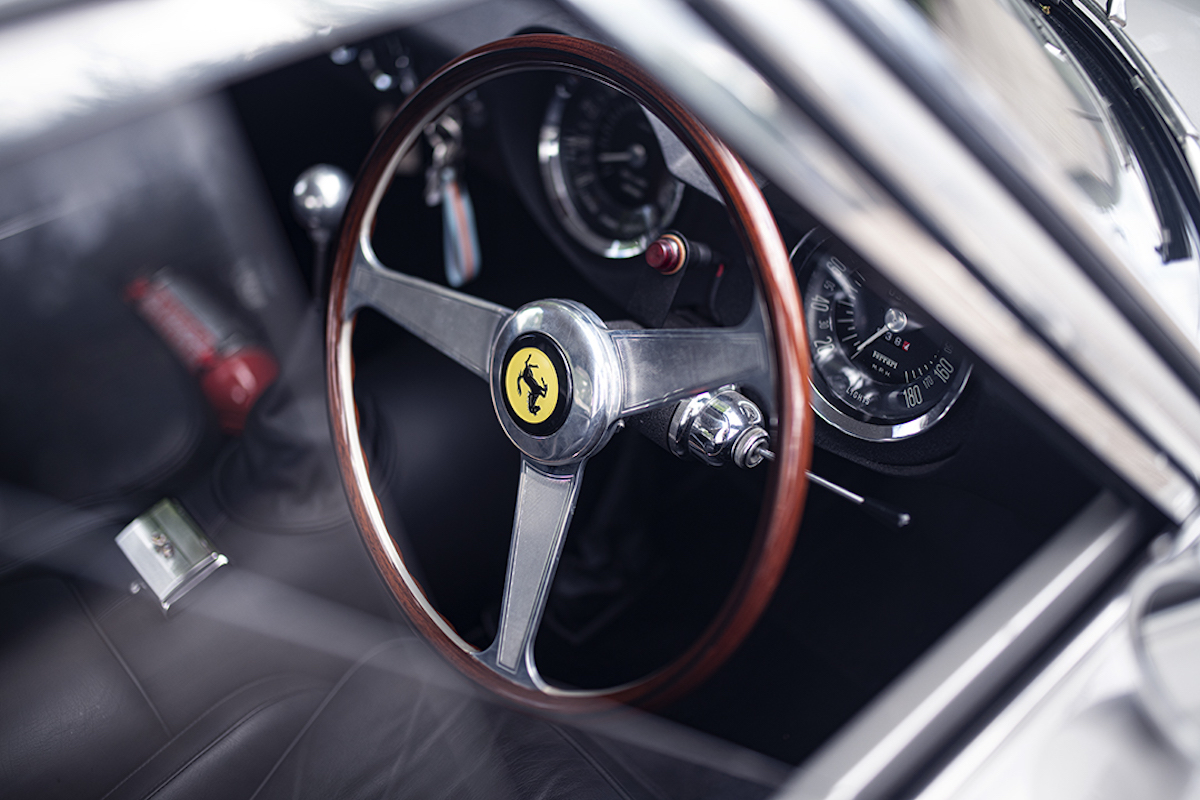
AUTHENTIC ENGINEERING
The GTO Engineering 250 SWB Revival is a faithful recreation at the top of the tree. It not only looks like the iconic 1960 Ferrari 250 GT SWB Berlinetta Competizione in every fine detail but, in fact, really is a Ferrari under the skin. All these beauties are built using a suitable “donor car” (usually a 250 or 330 Ferrari), retaining enough of the original components to remain a Ferrari on the logbook. Such attention to detail puts these among the most credible replicas on the planet – and with a price tag to match.
Each car is built to the owner’s exact requirements with a variety of period options and some modern tweaks (such as optional under- dash USB ports and discreet air conditioning), so an exact price for the finished article varies considerably. On pressing my hosts for a price of the particular example I am driving, I find I could expect to pay north of £800,000, making these faithful Revivals respectably priced even in the heady world of serious Ferrari collectors – though they are still only a fraction of the £8m to £10m price tag on an original example. It’s clear that GTO Engineering is catering to a very specialist market with these cars.
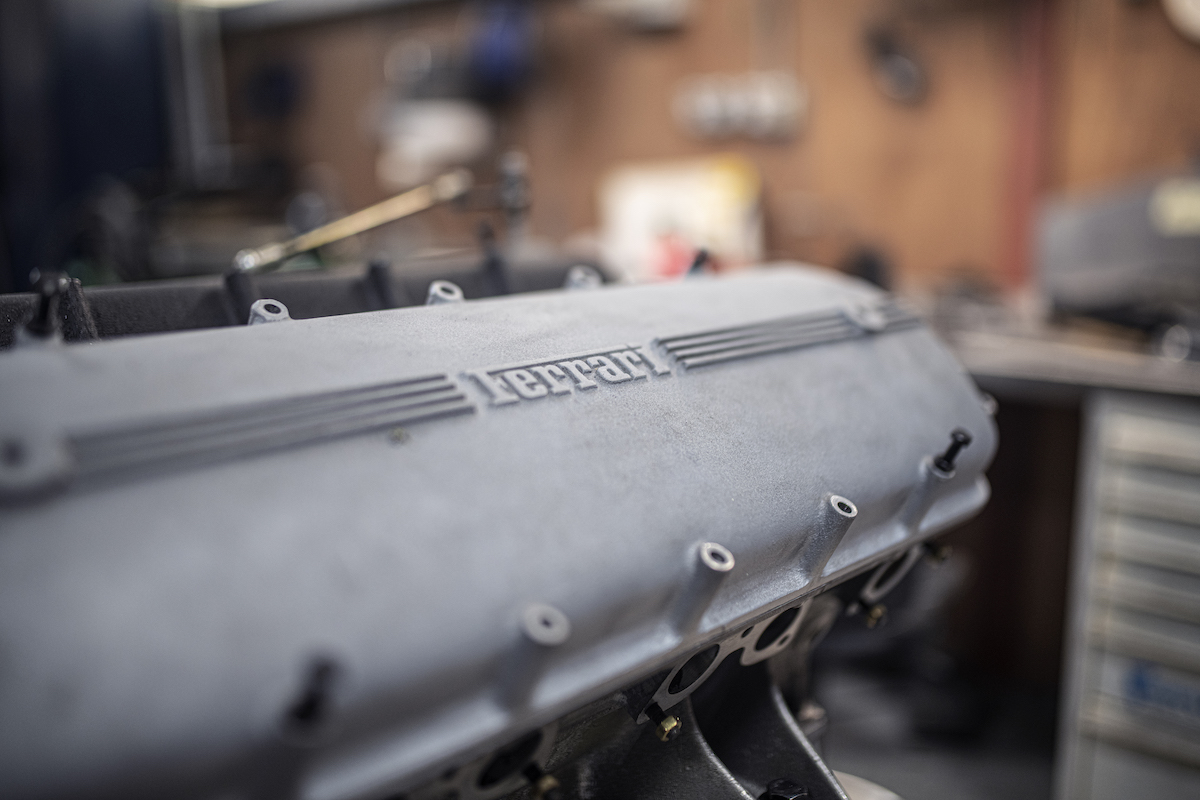
Wandering out into GTO Engineering’s carpark, bathed in sunshine on a glorious summer’s day, I definitely feel my pulse rise as I lay eyes on the Revival for the first time. The original 250 SWB has become such a familiar sight to all Ferrari lovers, but few have seen one up close and in the flesh – and even fewer will ever get the opportunity to drive one. First impressions are everything and this example, clothed in blue with white racing roundels on the doors, certainly looks striking, with sharp definition. It just looks right.
Closer inspection reveals more faithful details, from the multi-spoke Ruote Borrani wire wheels to the original headlight fittings, grilles and lamp clusters. Gone are the bumpers on this racing version so, with a handcrafted all-aluminium body, leaving it in the supermarket car park just isn’t an option.

The interior is equally authentic in its detail: the classic Nardi steering wheel with polished alloy boss and prancing horse greets me from a dashboard of pressed steel, wrinkle finish paint and a horizontal bank of Veglia gauges, taking me back to the golden era of seat-of-the-pants GT racing. Like the original, the interior is the ultimate expression of function over form, enveloping me in a bygone era with all the smells and sensory references of quality finishes, as well as minimal essential controls, making this a joyous hybrid for road and track – and a faithful recreation of one of the ultimate GT cars of all time.
Firing up the highly-tuned Ferrari 3.5-litre V12 engine completes the full audio and visual effect of the GTO Engineering 250 SWB Revival. A blip of the throttle tells you that this is a racing car with a racing engine – the noise is wonderfully deafening. Depressing the clutch is reassuringly heavy; engaging first gear is surprisingly positive. The original four-speed gearbox would see the GTO Engineering 250 SWB through to a 0-60mph time of 6 seconds and well over 150mph top end, reflective of the performance needed to be a winner in 1960s GT racing. »
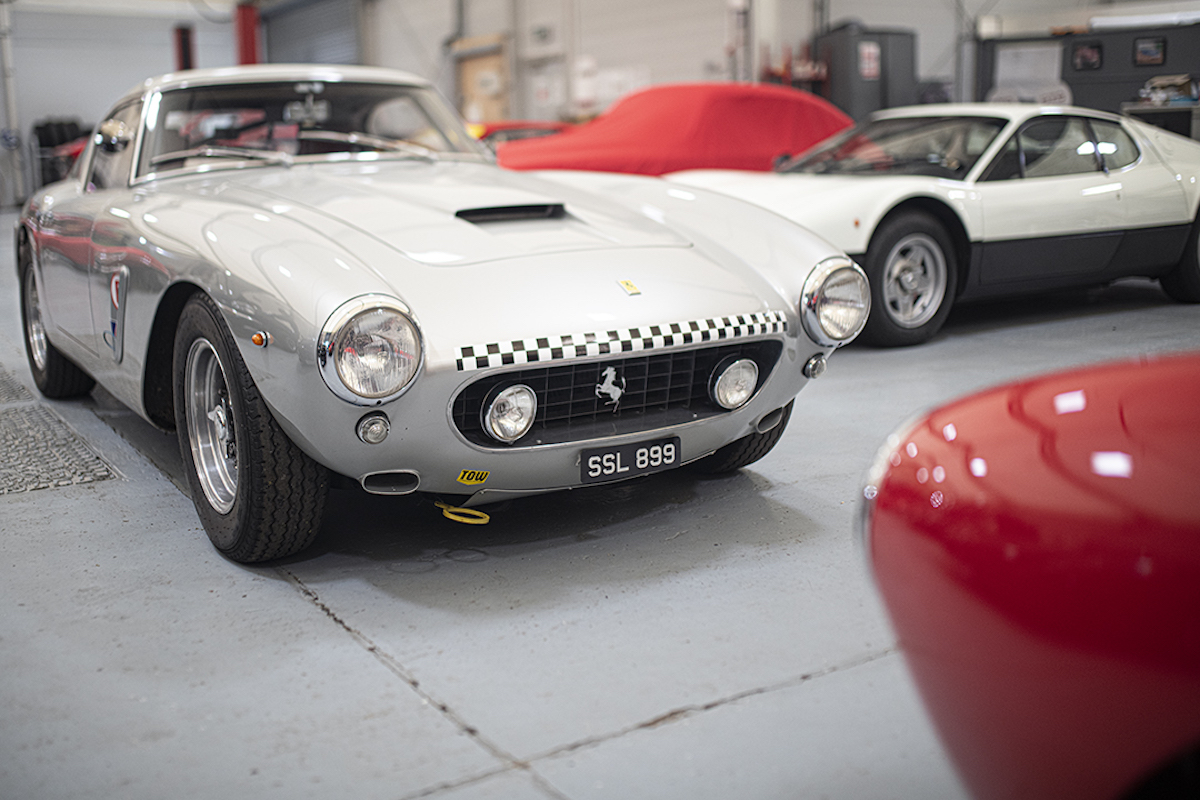
BEHIND THE WHEEL
Pulling away with a slight increase in revs to feel the bite point of the clutch, we are off and running and looking for suitable roads to put the car through its paces. The car handles smoothly with little evidence of tramp or lack of balance on turn in, as we enter high speed bends. For a 1960s road car, which in essence this car is, despite the loving rebuild and meticulous set up by GTO Engineering, the ride is beautiful. Going through the gears with the huge gearstick, really shows the reliance on the engine to produce both power and torque at the right moments across the extensive rev range needed to power you through the long gear shifts.
While my natural inclination is to take it easy (within reason), as most classic Ferraris come with a certain fragility and question mark over wearing components, every aspect of this car is robust and right on point; a testament to the skill and dedication of the team that built this monster. It behaves much as an original 250 must have felt straight out of the factory in 1960 and knowing everything from engine to drive train was expertly built and precisely set up is an unusual feeling in classic Ferrari driving.
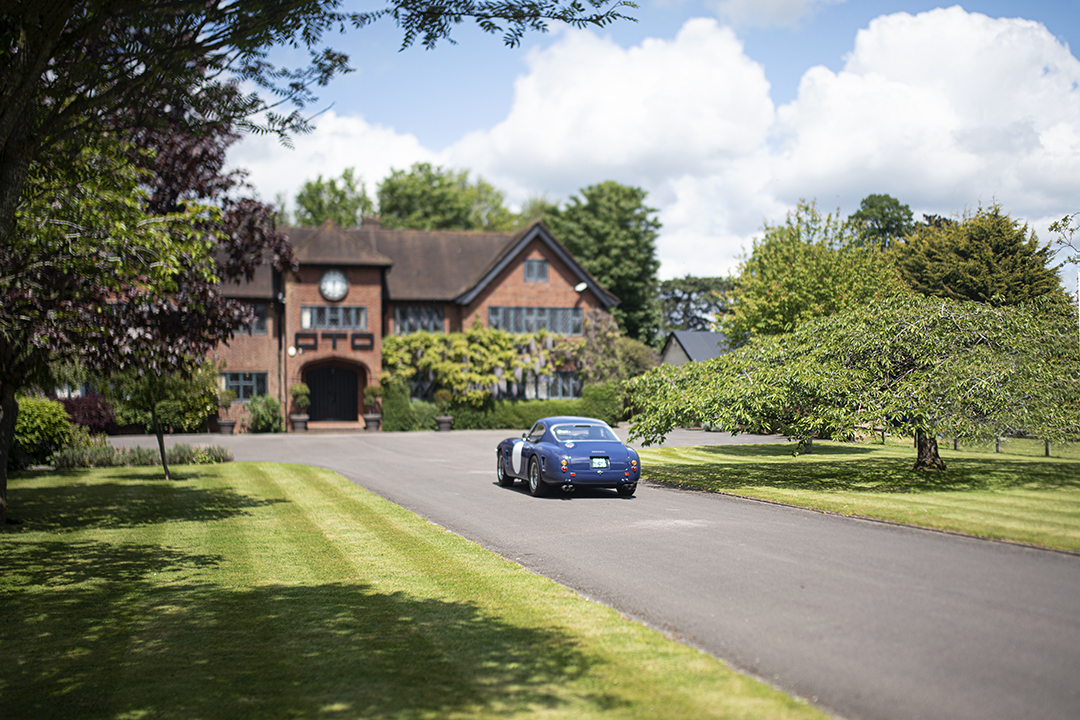
That knowledge gives me the confidence to open the car up and explore its full potential. Sensible upgrades – like the slightly larger engine giving the Revival 320 bhp and the lighter, more efficient, brake callipers – are obvious improvements from the original, but in all respects the car looks, sounds, smells and handles like an original, but robust and healthy, giving a new dimension of comfort and reassurance that you just wouldn’t have hurling an original 250 SWB around. Reactions from the general public ranged from disapproval of the noise and bravado of this 60s classic, to outright disbelief at seeing a 250 SWB on the road.
Driving the GTO Engineering Revival leaves me with mixed emotions. The drive is sensational and the engineering exceptional, but it takes time to accept that this is not the original 250 and the focus must be on what it actually is – one of the most detailed and faithful replicas that I have ever had the pleasure to drive.
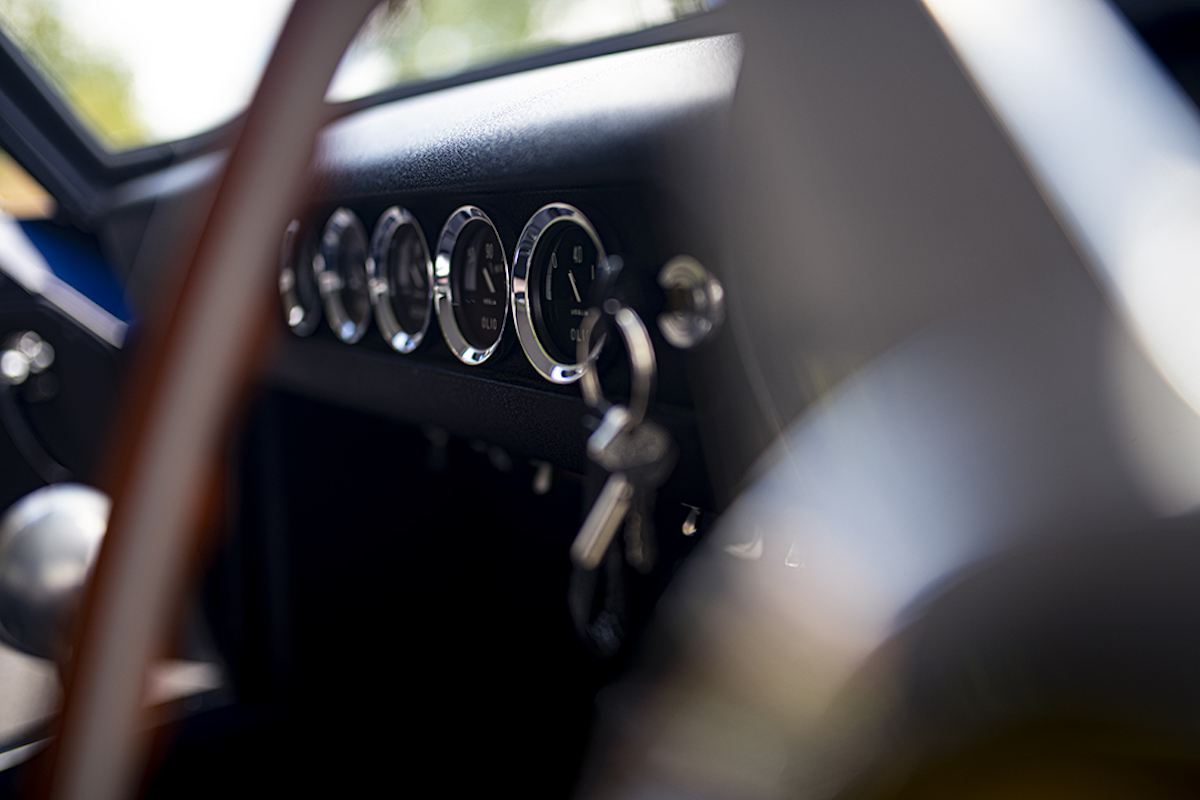
And it has been built exactly for that pleasure of driving. In this regard it is faultless and exceeds all my widest expectation, firing up my emotions and satisfying every one of the five senses – as well as lighting up a sixth sense of historic nostalgia and connection with the past. As I find myself driving the unattainable through the bucolic English countryside, I can’t help but dream of the days these cars were on the track in competition with equally iconic adversaries.
An amazing experience with a mechanical thoroughbred, meticulously prepared by a team obsessed with detail and imbued with the talent and skills to deliver this spectacular homage to one of the most beautiful motor vehicles of all time.







